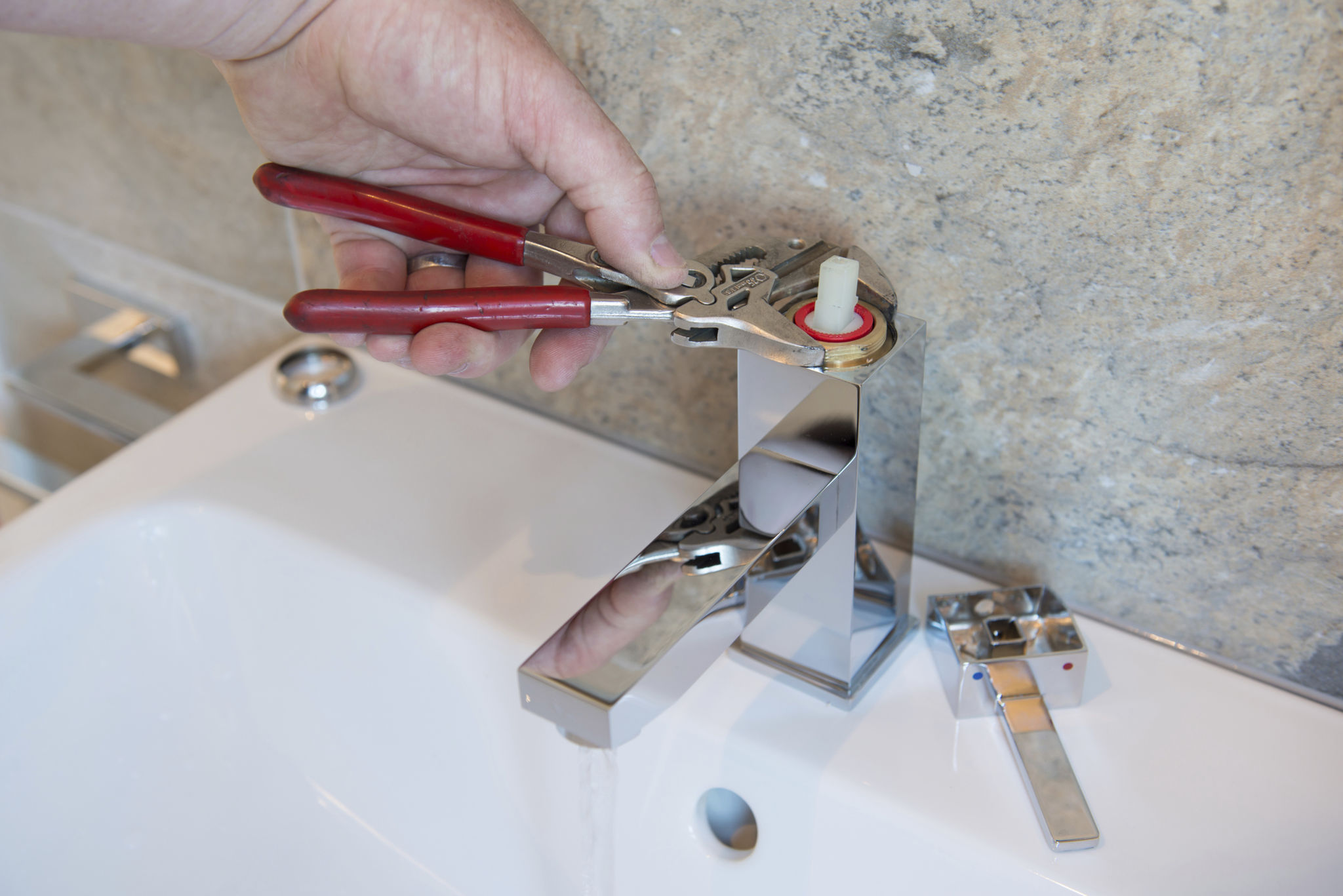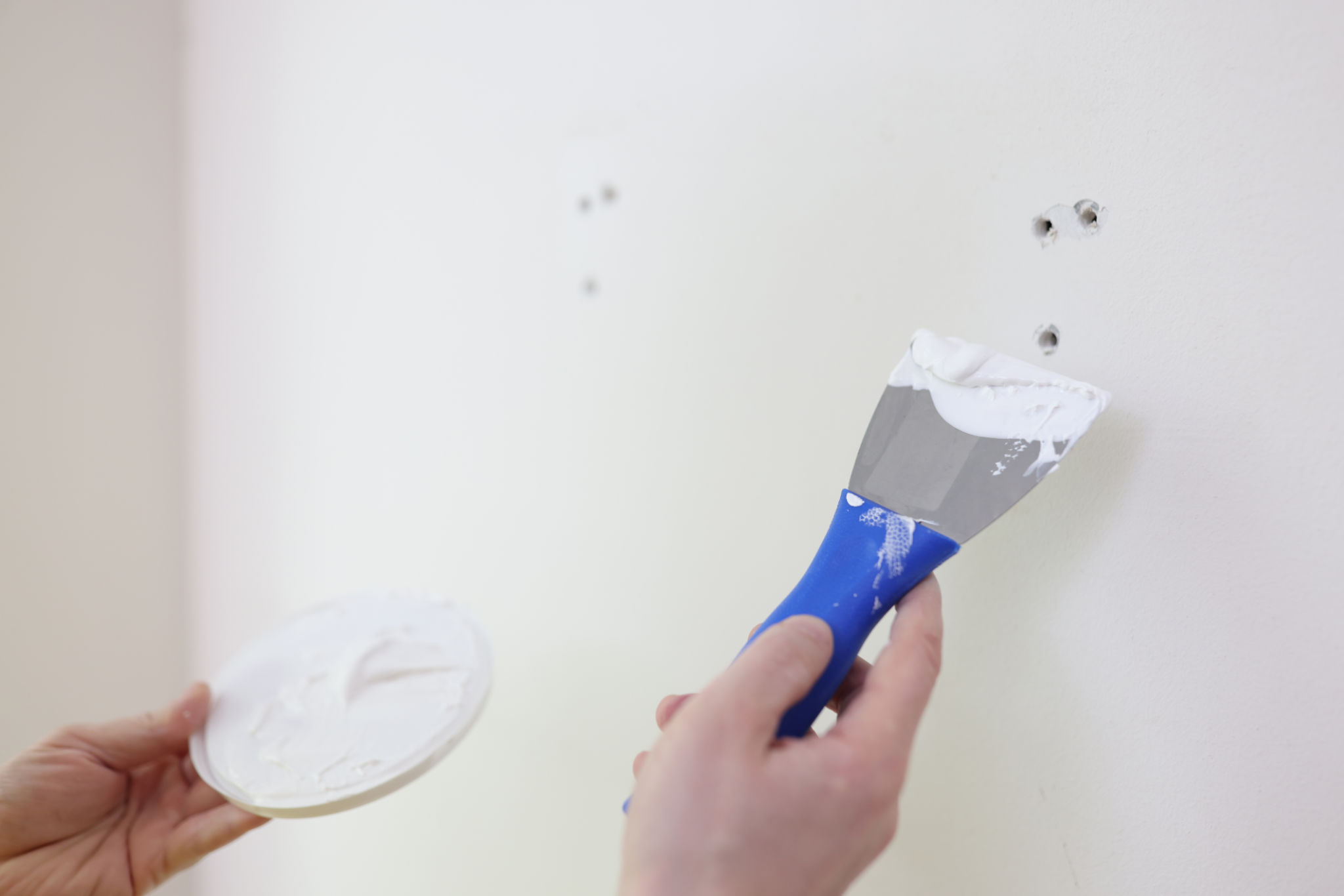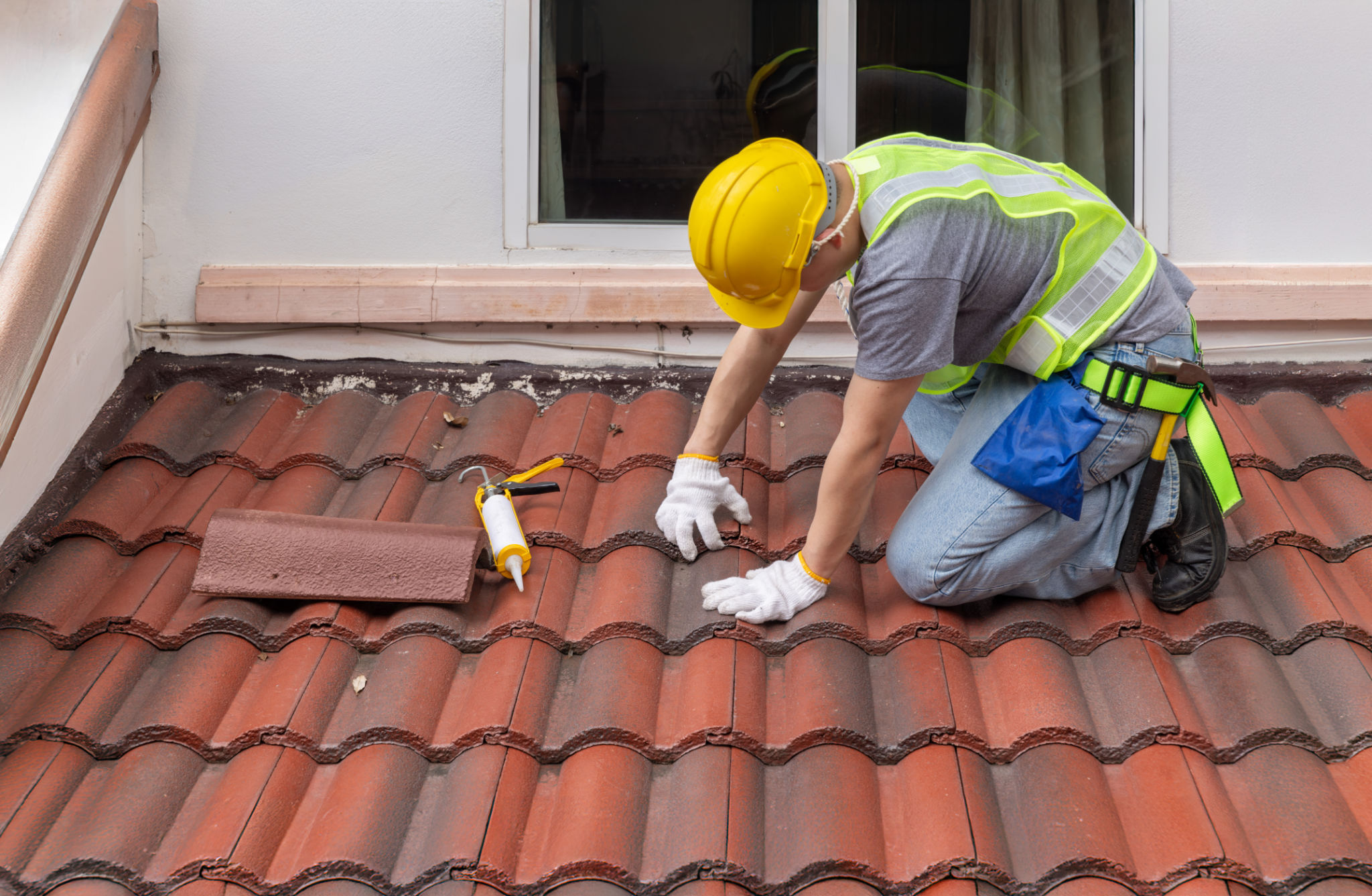Top 5 DIY Home Repair Tips Every Graham Homeowner Should Know
HS
Understanding the Basics of Home Repair
Every homeowner in Graham knows that maintaining a home can be both rewarding and challenging. Tackling minor repairs yourself not only saves money but also gives you a sense of accomplishment. Before diving into specific repair tips, it's essential to have a well-stocked toolbox and a basic understanding of how various systems in your home work. A little preparation can go a long way in ensuring your DIY projects are successful.
Invest in quality tools like a hammer, screwdrivers, a tape measure, and a level. These are indispensable for almost every repair task. Additionally, familiarize yourself with your home's electrical and plumbing systems. Knowing where the main shutoff valves are can prevent small problems from becoming major disasters.

Fixing a Leaky Faucet
One of the most common and annoying issues homeowners face is a leaky faucet. Not only does it waste water, but it can also increase your utility bills. Fortunately, fixing a leaky faucet is often straightforward. Start by turning off the water supply to the faucet. Then, remove the handle to access the cartridge or washer that might need replacing.
If you're dealing with a compression faucet, replacing the rubber washer is usually the solution. For cartridge faucets, replacing the O-ring may stop the leak. Always make sure to have replacement parts ready before you start the repair. Once everything is replaced, reassemble the faucet and turn the water supply back on to check for leaks.

Unclogging Drains Efficiently
Clogged drains are another common problem that can often be solved without calling a plumber. A simple yet effective solution is using a mixture of baking soda and vinegar. Pour half a cup of baking soda followed by half a cup of vinegar down the drain. Let it sit for about 15 minutes, then flush with hot water.
If this method doesn't work, a plunger designed for sinks or an inexpensive drain snake can help remove stubborn clogs. Regular maintenance using these techniques can prevent future blockages and keep your drains running smoothly.
Patching Small Holes in Walls
Whether from nails or accidental bumps, small holes in walls are inevitable in any home. Fortunately, patching them is simple with a bit of spackling paste and sandpaper. Clean the area around the hole and apply a small amount of spackling paste using a putty knife. Smooth it out and allow it to dry completely.

Once dry, lightly sand the area until it's smooth and flush with the wall surface. Finally, paint over the patched area with matching wall paint to blend it seamlessly with the rest of your wall. This quick fix can make your walls look as good as new.
Repairing Cracked Tiles
Cracked tiles not only look unsightly but can also lead to bigger issues if not addressed promptly. Start by removing any loose pieces of tile and cleaning out the area thoroughly. Mix up some tile adhesive and apply it to the back of a new tile or the empty space where the tile was removed.
Press the new tile firmly into place and allow the adhesive to dry according to the manufacturer's instructions. Afterward, apply grout around the edges to secure it further. Remember to seal the grout to maintain its durability and prevent moisture from seeping underneath.

Final Thoughts
Tackling home repairs might seem daunting at first, but with these five DIY tips, Graham homeowners can handle common issues with confidence. Remember that safety comes first; always use appropriate protective gear and turn off utilities when necessary. By mastering these simple repairs, you not only enhance your home’s comfort but also increase its value over time.
Whether you're fixing a leaky faucet or unclogging a drain, these basic skills empower you to maintain your home efficiently. Embrace the challenge and enjoy the satisfaction that comes from keeping your home in top shape.
